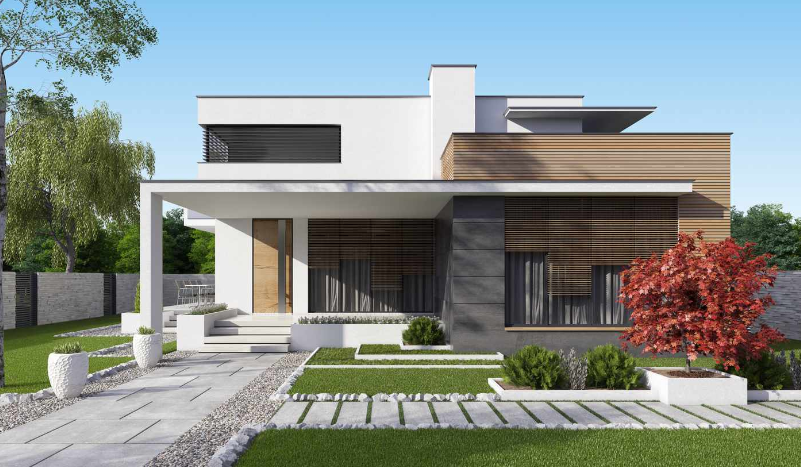Key Takeaways:
- Modern architectural design plays a critical role in promoting sustainable living.
- Innovative design techniques can significantly reduce energy consumption and environmental impact.
- Integration of natural elements and intelligent technology enhances the sustainability of buildings.
Table of Contents:
- Introduction
- Importance of Sustainable Design
- Energy-Efficient Building Techniques
- Use of Renewable Materials
- Integrating Natural Elements
- Role of Smart Technology
- Future Trends in Architecture
Introduction
Modern architectural design has evolved significantly over the past few decades. It’s characterized by minimalism, the use of advanced materials, and technology integration. This evolution has made more environmentally friendly living options available, allowing architects to create sustainable and aesthetically beautiful buildings. Companies like Forum Phi are at the forefront of this movement, demonstrating the potential of innovative design to reduce environmental impact. By integrating diverse and advanced architectural techniques, these companies aim to shape the future of sustainable living in urban and rural settings.
Importance of Sustainable Design
Sustainable design is essential for reducing the carbon footprint of buildings and promoting a healthier environment. By incorporating green building techniques, architects can minimize waste, reduce energy consumption, and use resources more efficiently. The principles of sustainable design benefit the environment and improve the quality of life for occupants. Moreover, sustainable buildings are often more resilient and better equipped to withstand natural disasters, contributing to long-term safety and durability. Implementing sustainable design doesn’t just make economic sense; it is a critical component in the fight against climate change.
Energy-Efficient Building Techniques
A fundamental component of sustainable architecture is energy efficiency. Numerous techniques, such as suitable insulation, passive solar architecture, and energy-efficient equipment, can achieve this. Installing double-glazed windows and using natural ventilation are two easy ways to reduce energy use significantly. Moreover, the building’s energy footprint can be more sustainable by utilizing renewable energy sources like solar panels and wind turbines to lessen dependency on non-renewable energy.
Use of Renewable Materials
Renewable and recycled materials are another critical aspect of sustainable design. Reclaimed wood, bamboo, and recycled metal are among the materials that give distinctive visual features to architecture while also having a lower environmental impact. Research from Architectural Digest highlights the growing popularity of these materials in modern architecture. These materials frequently have lower embodied energy, which lowers the building process’ overall carbon impact. Furthermore, renewable materials usually offer better durability and sometimes even cost less over time, making them a practical and sustainable choice for modern construction projects.
Integrating Natural Elements
Natural features like vertical gardens, green roofs, and natural light can significantly improve a building’s sustainability. These components contribute to lower energy use, better indoor air quality, and cozier living quarters. Natural elements also reduce urban heat islands and support biodiversity. Green roofs, for instance, can absorb rainwater, provide insulation, and help lower urban air temperatures, creating a more sustainable and comfortable environment.
Role of Smart Technology
Innovative technology is revolutionizing sustainable design, offering tools to better monitor and manage energy usage. Automated systems can adjust lighting, heating, and cooling based on occupancy and weather conditions, thus optimizing resource use. This makes the building more sustainable and comfortable for its occupants. Advances in intelligent house technology provide real-time data tracking, empowering homeowners and building managers to make well-informed decisions regarding energy consumption and upkeep, thereby augmenting the building’s overall sustainability.
Future Trends in Architecture
As technology and materials evolve, sustainable architecture’s future looks promising. Emerging trends include the development of zero-energy buildings, the use of artificial intelligence in design, and the integration of biotech materials. These innovations promise to make our built environment more sustainable and resilient. Architects and engineers continuously push the boundaries, finding new ways to create efficient and sustainable living spaces. More architectural innovations are anticipated, with a growing focus on sustainability, which will influence the design of buildings and urban planning in the following years.

